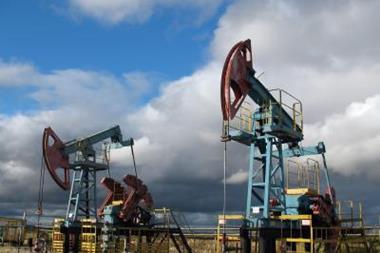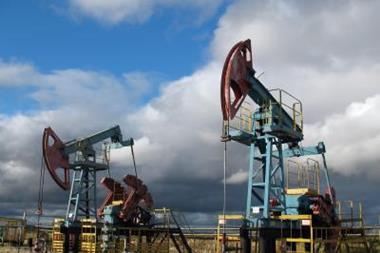It was over budget and late, but the risks associated with the Wembley Stadium rebuild were huge. The Finance Director for the FA subsidiary charged with the project has given a revealing insight into some of the issues
As death and taxes are the only certainties in life, the only certainties in construction projects are that they will be late, over budget and won’t perform as required. Or so say the pessimists.
When the English Football Association (FA) decided to rebuild the home of the national sport, Wembley Stadium, there was certainly no shortage of cynics willing to draw parallels with the ‘Millennium Dome fiasco’.
In the end, the project ran hundreds of millions of pounds over budget and lead contractor Multiplex repeatedly missed completion deadlines. The 2006 FA Cup Final being a particularly sore point. Eventually the keys to the stadium were handed over in March 2007 just over a year after the official opening date of January 2006.
But an engineering project of Wembley Stadium proportions is a huge task with massive risks, even before you consider the amount of pressure on developers from England’s feverish football fans and expectant journalists.
“We could almost say: Build us a stadium and we'll be back in 3 years. But you have to watch your contractors like a hawk.
Roger Maslin, finance director WNSL
Roger Maslin, finance director for the FA subsidiary charged with delivering the project, Wembley National Stadium Limited (WNSL), gave risk managers an insight into the project at a recent briefing held at the hallowed ground.
The plan was to build the biggest football stadium in the world with 90,000 seats in a decaying suburban part of North West London.
‘We shifted a lot of the risks over to the contractors,’ said Maslin, who signed a fixed-price contract with all liability for lateness and overspend passed on directly to the contractor.
‘We could almost say: Build us a stadium and we’ll be back in 3 years. But you have to watch your contractors like a hawk and be prepared to take action to minimise the risk of being held to ransom,’ he said. Multiplex reportedly forked over millions in penalty payments for the delay. Maintaining a working relationship was hard, confessed Maslin.
“Over 70m pounds were invested into the upgrading of local train, tube, bus and pedestrian routes to help get fans to and from the stadium smoothly on event days.
‘If we’d had more funding we could have taken on more of the risks ourselves. Given the markets at that stage the appetite to take it on was not there,’ he explained. As the old risk management adage goes, one man’s risk is another man’s opportunity. Multiplex, an Australian company, was keen to establish a foothold in Europe so they took the risk.
The risk management process began way before the contractors got involved. There was the acquisition of the land that commentators at the time called vastly overpriced. Choosing the right design was another huge decision: ‘A big issue at the time was the twin towers,’ said Maslin. ‘In the end the business plan had to come first and eventually we settled for the arch.’ With a span of 315 metres the Wembley arch is the biggest single span roof structure in the world, visible from miles around.
‘You have to make sure the right people are on side,’ said Maslin who recalled that one of his biggest headaches at the time was political risk. Fortunately for Wembley, London Mayor, Ken Livingstone, was firmly behind the project. He publicly said it would bring benefits to local people and the transport network. Over £70m was invested into the upgrading of local train, tube, bus and pedestrian routes to help get fans to and from the stadium smoothly on event days.
Club Wembley was an essential part of WNSL’s business plan that did much to bolster investor confidence. The scheme, to allow moneyed people to enjoy corporate hospitality combined with a season ticket, has fallen below expectations. Maslin admitted: ‘We haven’t got that quite right yet.’
There were issues with the Wembley rebuild as their always are with engineering projects of national importance in the UK. But judging by the standards of another project, the British Library—10 years late and almost half a billion over budget—Wembley Stadium was a walk in the park.


















No comments yet